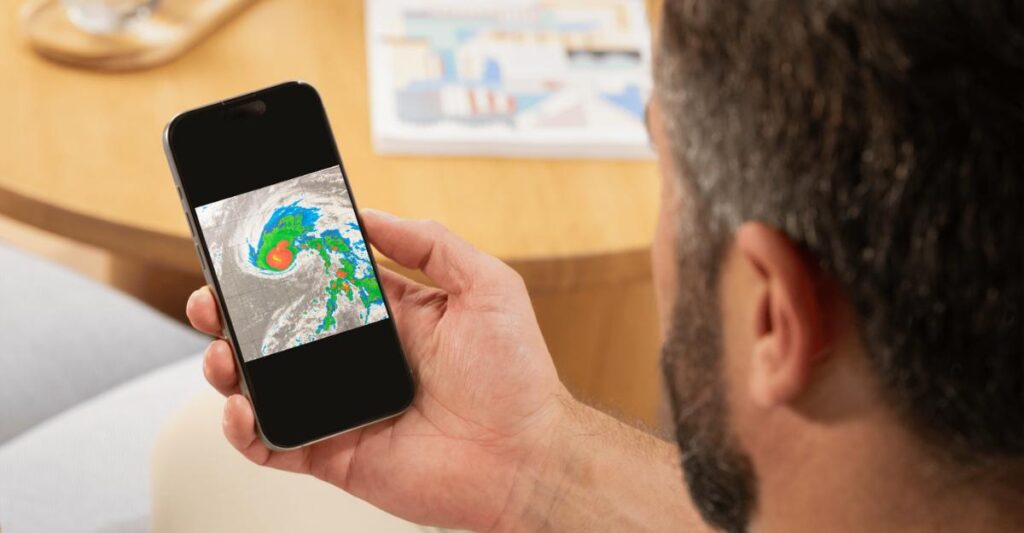Applications for viewing satellite images are becoming increasingly essential in different areas of study and work. They offer a broad and detailed view of the planet, allowing for the precise monitoring of natural and urban phenomena with great effectiveness. As a result, these applications facilitate the monitoring of environmental changes and the planning of large-scale projects.
Disclaimer: The use of satellite imagery applications may be subject to local and international laws and regulations, including rules regarding access, privacy and national security. Users are advised to check the applicable laws in their countries, as well as the terms and conditions of use of each application, in order to ensure legal compliance and avoid possible sanctions.
These applications are highly relevant for professionals in a variety of areas, such as agriculture, logistics and natural resource management. They are also important tools for environmental education and awareness, allowing students and researchers to explore data in an interactive and accessible way. This drives innovation and promotes the sustainable use of natural resources.
Advantages of applications for viewing satellite images
Satellite image viewing applications offer a number of advantages, especially when it comes to environmental monitoring. With access to real-time updated images, it is possible to monitor changes in vegetation, land use and even identify areas affected by natural disasters. This allows for a faster and more effective response from government agencies and environmental protection organizations.
One of the biggest advantages of these applications is their ability to monitor hard-to-reach areas, such as remote or conflict-ridden regions. This allows data to be collected about locations that would otherwise be inaccessible by traditional means, such as drones or field visits. Professionals in a variety of fields, such as geography and urban planning, benefit from being able to obtain detailed information from anywhere in the world.
Furthermore, these applications are valuable tools for precision agriculture. With the help of satellite imagery, farmers can monitor crop health, identify pests, and optimize the use of resources such as water and fertilizers. This not only increases crop productivity but also contributes to sustainability by helping to reduce waste and environmental impacts.
Finally, satellite imagery applications play an important role in education and scientific research. They provide accurate data that can be used in studies on climate change, environmental impacts, and urbanization. In addition, they are accessible resources for students and researchers, who can explore the images and perform analyses, expanding the understanding of geospatial processes.
How apps for viewing satellite images work
Satellite image viewing apps work based on data captured by satellites orbiting the Earth. These satellites use sensors and cameras to capture images in different wavelengths, which are transmitted to ground stations. After processing, the images are made available to users in the apps.
These applications use algorithms to process raw images and transform them into accessible formats. Using simple interfaces, it is possible to adjust the capture time and observe changes over time. This makes it easier to analyze specific areas, such as agricultural or urban regions.
The accuracy of the apps depends on the quality of the images captured by the satellites, which can vary between different resolutions. Some apps use data from public satellites such as NASA, while others have access to private satellites, with more detailed images. Many also offer 3D views, allowing for more accurate analysis.
The update of the images varies depending on the application, with some offering real-time images and others offering periodic updates. This data is used in a variety of areas, such as environmental monitoring, urban planning and natural disaster analysis, making the applications essential for many professionals.
How do satellite apps get the images?
The applications obtain satellite images through data transmitted by satellites in orbit around the Earth, which capture images in different wavelengths.
Do these apps provide real-time images?
Some applications provide real-time imagery, while others may have periodic updates depending on satellite availability and the specific application.
What areas can be monitored with these images?
With these applications, it is possible to monitor different areas, such as urban, agricultural, forestry environments and even regions that are difficult to access, such as deserts or tropical forests.
Is it possible to access old satellite images?
Yes, many applications offer access to historical satellite imagery, allowing you to analyze changes over time in specific areas, such as cities or environmental regions.

